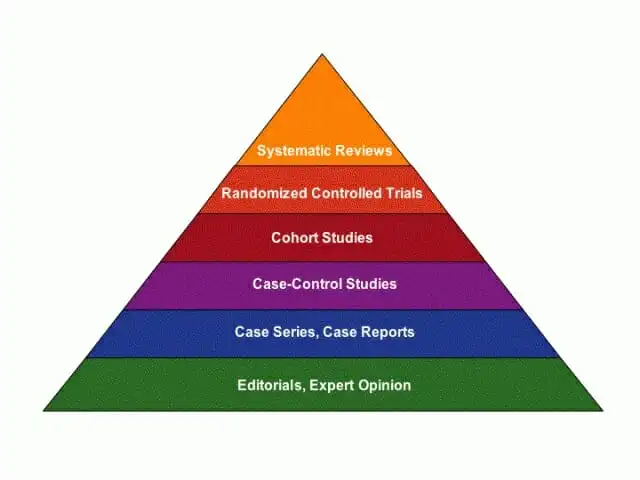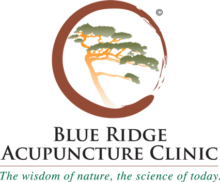Western medicine prides itself on being scientific and evidence based, though some research suggests that more than half of all western medical procedures are not based on research. Scientific American delves into the issue in a recent article illustrating that there is not a high degree of scientific certainty in modern medicine.
Professor of public policy Erik M. Patashnik recently published a story on Vox that states:

“The recent news that stents inserted in patients with heart disease to keep arteries open work no better than a placebo ought to be shocking. Each year, hundreds of thousands of American patients receive stents for the relief of chest pain, and the cost of the procedure ranges from $11,000 to $41,000 in US hospitals. But in fact, American doctors routinely prescribe medical treatments that are not based on sound science.”
The gold standard for proof in western medicine is the systematic review or meta-analysis, which analyzes all the current research throwing out badly designed studies to come up with a more accurate picture of a therapy’s effectiveness.
Listed below are some of the more important studies done on acupuncture, including the largest meta analysis to date on the effectiveness of acupuncture for chronic pain. The verdict? Acupuncture beats the placebo for chronic pain.
Random Controlled Trials (RCTs) and Systematic Reviews (meta-analyses)
Research demonstrating acupuncture’s effectiveness for specific conditions:
1. Vickers AJ, Cronin AM, Maschino AC, et al. Acupuncture for chronic pain: Individual patient data meta-analysis. ARCHIVES OF INTERNAL MEDICINE. 2012;172(19):1444.
2. MacPherson H, Vertosick E, Lewith G, et al. Influence of Control Group on Effect Size in Trials of Acupuncture for Chronic Pain: A Secondary Analysis of an Individual Patient Data Meta-Analysis. Tu Y-K, ed. PLoS ONE. 2014;9(4):e93739. doi:10.1371/journal.pone.0093739.
3. Witt CMB. Efficacy, effectiveness, safety and costs of acupuncture for chronic pain – results of a large research initiative. Acupuncture in Medicine. Dec2006 Supplement;24:33-39.
Research demonstrating problems with “sham” acupuncture
4. Haake M, Müller H-H, Schade-Brittinger C, et al. GERAC German Acupuncture Trials for chronic low back pain: randomized, multicenter, blinded, parallel-group trial with 3 groups. Archives Of Internal Medicine. 2007;167(17):1892-1898.
5. Jena S, Witt CM, Brinkhaus B, Wegscheider K, Willich SN. ARC Acupuncture in patients with headache. Cephalalgia: An International Journal Of Headache. 2008;28(9):969-979. doi:10.1111/j.1468-2982.2008.01640.x.
6. Witt C, Brinkhaus B, Jena S, et al. ART Acupuncture in patients with osteoarthritis of the knee: a randomised trial. LANCET. 2005;366(9480):136.
Acupuncture Research on Mechanism of Action
1. Edwards E, Louis Belard J, Glowa J, Khalsa P, Weber W, Huntley K. DoD–NCCAM/NIH Workshop on Acupuncture for Treatment of Acute Pain. The Journal of Alternative and Complementary Medicine. 2013;19(3):266-279. doi:10.1089/acm.2012.9229.dod.
2. Huang W, Pach D, Napadow V, et al. Characterizing acupuncture stimuli using brain imaging with FMRI–a systematic review and meta-analysis of the literature. Plos One. 2012;7(4):e32960-e32960. doi:10.1371/journal.pone.0032960.
3. Langevin HM, Wayne PM, Macpherson H, et al. Paradoxes in acupuncture research: strategies for moving forward. Evidence-Based Complementary And Alternative Medicine: Ecam. 2011;2011. doi:10.1155/2011/180805.
4. Napadow V, Ahn A, Longhurst J, et al. The Status and Future of Acupuncture Mechanism Research. The Journal of Alternative and Complementary Medicine. 2008;14(7):861-869. doi:10.1089/acm.2008.SAR-3.
5. Dhond RP, Kettner N, Napadow V. Neuroimaging acupuncture effects in the human brain. J Altern Complement Med. 2007;13(6):603-616. doi:10.1089/acm.2007.7040.
6. Hui KKS, Liu J, Marina O, et al. The integrated response of the human cerebro-cerebellar and limbic systems to acupuncture stimulation at ST 36 as evidenced by fMRI. Neuroimage. 2005;27(3):479-496.
7. Langevin HM, Churchill DL, Cipolla MJ. Mechanical signaling through connective tissue: a mechanism for the therapeutic effect of acupuncture. FASEB Journal: Official Publication Of The Federation Of American Societies For Experimental Biology. 2001;15(12):2275-2282.
